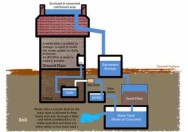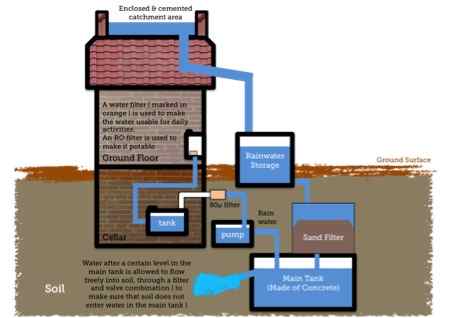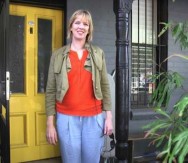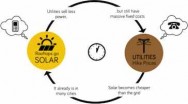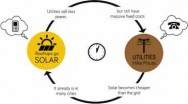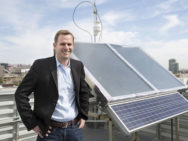
Zero Mass Water
A regular supply of drinking water is the holy grail for off-grid living.
If you can get a bare minimum of water and heating of some sort, you can live anywhere. but you would be surprised how many spots that are otherwise ideal do not have an easy water supply – either due to the topography, or local laws.
Now a US startup has come up with a solution that actually works! And its for sale now. At a reasonable price
Zero Mass Water, based in Scottsdale, Arizona, produces $2,000 “hydropanels” that the company claims can capture water vapor from air. One panel can make up to five liters a day, and two of them together could produce enough for a household’s daily drinking and cooking says the company. In theory, someone could drive out to the desert, and live off the grid with water to spare.
A journalist from Wired checked out the gadget – basically a solar panel bolted on to a special membrane that extracts the water vapour, filters it and pumps out 12 liters per day – it works out about $50 per month if you spread it over 10 years, which is pricey but you can take it anywhere and what you get is pure water, untainted by any Utility company, when and where you need it to be.
You have to accept that Zero Mass is just the name of the product. The company’s founder, Cody Friesen, a professor of materials science at Arizona State University says the units weigh 275 pounds (a long way from zero then) and are intended for yards and rooftops, rather than mobile living.
Hydrophilic membranes trap water vapor from air that’s blown across them by a solar-powered fan. The vapor-turned-water then drops and pools and flows through a series of mineral cartridges to make it more drinkable. Because both the landscape and the water vapor in the air are changing all the time, the panels connect to HQ back in Scottsdale via a mesh network, and Zero Mass Water staffers upload predictive algorithms that adjust fan speeds and maximize energy efficiency.
How the Hydropanel Works
The panel contains absorbent material that pulls moisture from the air.
Solar heat causes the moisture to form drops.
The drops collect in a reservoir at the panel’s base.
A pump draws water out of the reservoir and into a tap.

